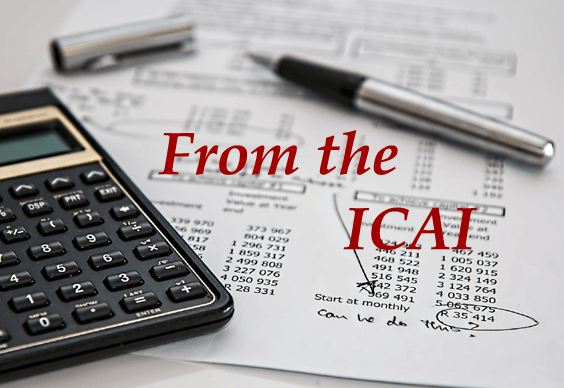BL Explainer: Why is SEBI moving to T+1 settlement?
November 28, 2022
The UPI gateway has facilitated real-time fund transfer from brokers to clients, and vice-versa
What is T+1 settlement? What is the implementation schedule that SEBI is indicating?
Before we get into T+1, let us briefly see how the trading mechanism has evolved over the years. In what can be described as a revolutionary move in the Indian stock market, the Securities and Exchange Board of India introduced rolling settlement in July 2001. Prior to this, the fixed settlement cycle (Fridays on BSE and Tuesdays on the NSE) was followed, which was plagued bypoor delivery, distrust among traders and excessive liquidity, which resulted in frequent defaults.
Of course, share certificates were in physical form (paper) in those days and, hence, time was needed for movement of share certificates. After the introduction of demat in 1996, SEBI overhauled the settlement system with the rolling cycle for each trade, with the contract beginning on the trading day itself, referred to as “T”.
Initially, SEBI introduced the framework for certain scrips on T+5 basis (in 5 business days from date of trade) and then expanded it to all scrips by December 2001. As the new settlement process settled smoothly, SEBI shortened the cycle to T+3 in April 2002 and further to T+2 from April 2003 and now to T+1.
However, SEBI has been cautious as it does not want to disrupt the smooth functioning of the market. T+1 was introduced for 100 stocks (with the lowest market cap) on February 25, the next 500 from March, and since then 500 stocks each every month. The bottom stocks with fewer traders were chosen first so that they could be adopted quickly. From January, even F&O settlement will happen in T+1 cycle.
Why is SEBI moving towards shorter settlement?
One of the main reasons is the exponential growth of retail investors. With the UPI gateway functioning seamlessly on real-time basis, SEBI feels that there should not be any problem in fund transfer from brokers to clients, and vice-versa.
The demat accounts of individual investors have more than doubled in a little over two years to cross the 10-crore mark in August 2022, from four crore in March 2020.
As more and more people enter the market, quick settlement could help avert the default risk of pay-in/pay-out for such voluminous transactions. Also, this will result in quick liquidity in the hands of investors, which can improve the overall trading atmosphere.
Will investors/traders find it easy to adopt to this cycle? Will they face any difficulty?
This will not pose a problem for investors or traders who have enough funds or shares in their trading accounts. In fact, they would welcome the move, as their belongings (shares/money) will happen earlier. Even for day-traders, if they follow the rule book, it should not pose any problems.
Why are brokers and intermediaries not happy with this change?
Initially, brokers and intermediaries were not prepared for it. According to them, T+1 settlement involves the high cost of changing their back and front-office operations. Both wanted more time to adopt to the changes. Besides, there is also concern among some brokers that this would eat away liquidity. With SEBI opting for a phased roll-out, brokers and intermediaries have accepted the change .
FPIs were earlier facing difficulty in the changeover. Have they accepted it now?
Initially, foreign portfolio investors (FPIs) were against implementation of the T+1 settlement. Since FPIs invest in India from different countries and time zones, they thought a shortened cycle could pose challenges in getting the necessary approvals for stock transfers and to complete procedures from their respective custodians or head offices.
However, with SEBI committed to introducing T+1, FPIs have reconciled to it.
Will it have any impact on market turnover volume?
Generally, there will always be resistance to any change. However, with SEBI taking all stakeholders into confidence, T+1 should not impact turnover volume at the exchanges, though it may see a temporary blip initially.
[The Hindu Business Line]

